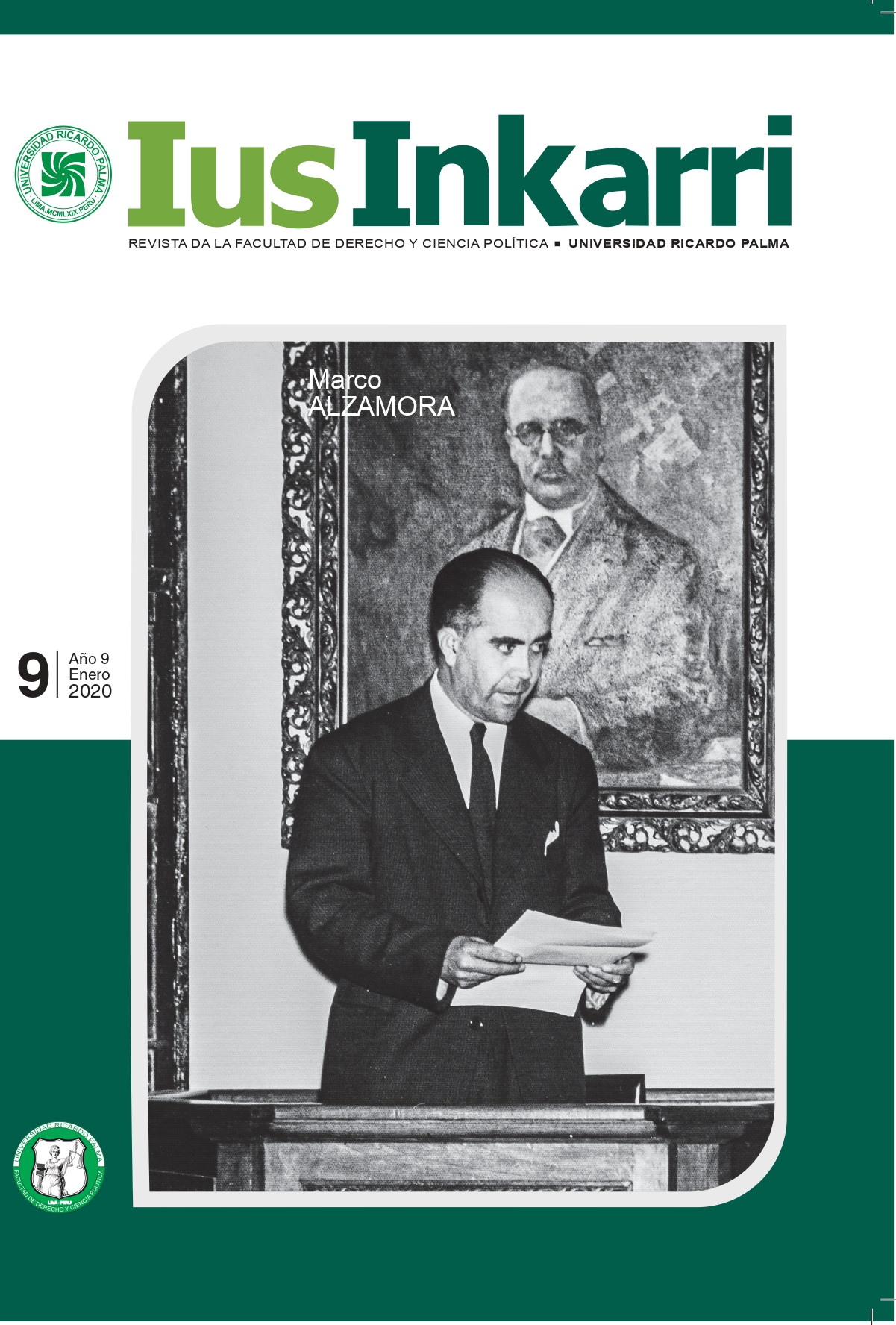Historical overview of public transit regulation in Lima
DOI:
https://doi.org/10.31381/iusinkarri.v9n9.3689Keywords:
public transit, regulation, legal framework, public service, history, LimaAbstract
The legal framework of public transit in Lima has undergone, over the course of its history, a complex evolution, along with the changing technological, social and urban conditions in which it has developed. In turn, both the social context and the legal framework of this activity have been undergoing profound changes in recent years. In this sense, after several decades of intense deregulation and liberalization of public transit services, a set of measures has been adopted to reorganize it under the framework of an Integrated Transit System (SIT), in which a public service legal regime is being reintroduced for the activity. These changes, however, exhibit tensions with the persistence of high levels of informality in public transit services. Given the importance of the changes that are currently taking place in the regulation of public transit and mobility in Lima, and the urgency to order them more rationally, arises the need to analyze the historical background of these dynamics and their legal framework. In view of this, this article aims to provide a historical overview of the evolution of public transit regulation in Lima from the issuance of the Municipal Carriage Regulation of 1874, the first general scope legal instrument regarding public transit in Lima, up to date. The article seeks to contribute to the understanding of the factors that have led to the current situation of public transit and urban mobility and to what extent legal factors have influenced it.
Downloads
References
Alegre, M. (2010). Todos somos peatones: un enfoque de derechos para el tratamiento de la movilidad urbana en Lima [Tesis de maestría]. Pontificia Universidad Católica del Perú.
Alegre, M. (2016). Transporte urbano: ¿cómo resolver la movilidad en Lima y Callao? Consorcio de Investigación Económica y Social.
Arroyo, J. C. (1990). Babel: antecedentes, interrogantes y alternativas para el transporte público en Lima. Universidad Nacional Mayor de San Marcos.
Avellaneda, P. (2011). Ciudad popular, organización funcional y movilidad. Pontificia Universidad Católica del Perú.
Bielich, C. (2009). La guerra del centavo. Instituto de Estudios Peruanos.
Burga, C., Butler, S. y Carrasco, V. (1990). El transporte urbano de pasajeros en Lima. Instituto Libertad y Democracia.
Carbonell, E. y Cano, T. (2006). Los transportes urbanos. Iustel.
Defensoría del Pueblo (2008). Informe Defensorial n.o 137. El transporte urbano en Lima Metropolitana: un desafío en defensa de la vida.
Dextre, J. C. y Avellaneda, P. (2014). Movilidad en zonas urbanas. Pontificia Universidad Católica del Perú.
Fundación Transitemos (2018). Informe de observancia: situación del transporte público urbano de Lima y Callao-2018.
Glave, L. M. (1977). El transporte urbano en Lima Metropolitana 1920-1976 [Tesis de bachillerato]. Pontificia Universidad Católica del Perú.
Lima Cómo Vamos (2019). Décimo Informe Urbano de Percepción sobre Calidad de Vida en la Ciudad. https://www.limacomovamos.org/wp-content/uploads/2019/11/Encuesta-2019_pdf
Poole, E. (2016). Rectificando las fallas del mercado: balance del proceso de implementación en Lima del sistema integrado de transporte (SIT) y propuestas para su perfeccionamiento bajo un régimen de servicio público [Tesis de licenciatura]. Pontificia Universidad Católica del Perú.
Poole, E. (2017). ¿Hacia una movilidad sustentable? Desafíos de las políticas de reordenamiento del transporte público en Latinoamérica. El caso de Lima. Letras Verdes, (21), 4-31.
Poole, E. (2018). La Autoridad de Transporte Urbano (ATU) para Lima y Callao: análisis comparativo de su diseño institucional con las autoridades de transporte público de Madrid y Santiago de Chile desde la perspectiva de la gobernanza. Territorios en Formación, (14), 95-116.
Sánchez, A., Calderón, J. y Guerrero, R. (1978). Paradero final: el transporte público en Lima Metropolitana. DESCO.
Soto, H. de, Ghersi, E. y Ghibellini, M. (1986). El otro sendero: la revolución informal. Instituto Libertad y Democracia.
Tribunal Constitucional (2005). Expediente n.o 034-2004-PI/TC. Lima: 15 de febrero de 2005. https://tc.gob.pe/jurisprudencia/2006/00034-2004-AI.pdf
Vega, P., Dextre, J. C. y Alegre, M. (2011). Inequidad y fragmentación: movilidad y sistemas de transporte en Lima Metropolitana. En Mattos de, C. y Ludeña, W., Lima-Santiago: reestructuración y cambio metropolitano (pp. 289-328). Pontificia Universidad Católica del Perú; Pontificia Universidad de Chile.
Downloads
Published
How to Cite
Issue
Section
License
Copyright (c) 2020 Esteban Poole Fuller

This work is licensed under a Creative Commons Attribution 4.0 International License.













